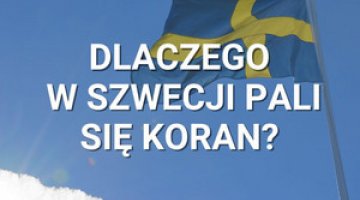Sweden moves closer to NATO
On 26 June, Sweden announced it would offer its contribution to the NATO Response Force (NRF), which is a high-readiness multinational force used for collective-defence or crisis management operations. On 3 July, NATO announced that Sweden and Finland would take part in air-defence flying training over Iceland (Iceland Fighter Meet 2014, IFM14). Fighter aircraft from Norway, Sweden and Finland will take part in the exercises between 3 and 21 February 2014. The IFM14 exercises will accompany the Iceland Air Policing and Surveillance (ISLAPS) mission which will be conducted by Norway at the same time. The Swedish and Finnish fighter aircraft will be unarmed.
Commentary
- Sweden sees the problem with ensuring its Armed Forces‘ interoperability with NATO troops since the intensive co-operation on foreign missions in Afghanistan, Kosovo and Libya has been drawing to an end. This concerns not only the possibilities of joint participation in foreign missions alongside NATO member states but also possible operations in the Nordic-Baltic region. Recent Swedish debates on security policy and the condition of the military have revealed deficiencies in the Swedish Armed Forces’ defence capabilities. Furthermore, Russian military exercises close to the Swedish border in April this year strengthened concerns about rising uncertainty in the Nordic-Baltic region. The discussion seems to have resulted in the conviction that closer co-operation with NATO is inevitable.
- Sweden is thus interested in new forms of military co-operation with NATO. In this context, it sees the growing significance of the NRF, which after 2014 will contribute to maintaining interoperability of NATO member states as part of the Connected Forces Initiative. For these reasons, Sweden – following discussions domestically – decided to take part in the IFM14 flying training combined with NATO’s ISLAPS mission. The line which Sweden does not yet wish to cross in co-operation with NATO would involve its participation in operations under article 5 of the Washington Treaty. This is why Sweden will not participate in ISLAPS fully, but only in IFM14, while in the case of the NRF it will probably delegate units to Response Forces Pool troops, which allow NATO partner states to take part in NATO exercises and operations according to their own rules.
- However, the desire to co-operate closer with NATO will not lead Sweden down the road of applying for membership soon. NATO membership is not sufficiently supported by the public. According to a public opinion poll conducted in May 2013, 32% of respondents were for and 40% were against. Nor is accession supported by the majority of the political parties. Thus a long debate on this issue is needed in Sweden, and the condition for this decision to be taken is for there to be internal political consensus. It is quite unlikely that NATO membership could become an objective for a new government to be formed after the election in 2014. The government is likely to be formed by the current opposition led by the Social Democrats, who have recently changed their stance into one more favourable of closer co-operation (they have agreed to Sweden’s participation in the NRF), but are still opposed Sweden joining NATO.





